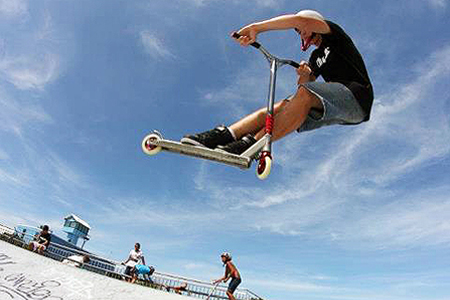Restrictions for Junior & Juvenile racing
Disclaimer: This article was originally written in 2010, and there may have been updates or changes to the regulations since then. For the most accurate and up-to-date information, please refer to the official regulations provided by the New South Wales Cycling Federation.
Restrictions for Junior & Juvenile racing:
Equipment restrictions:
All bicycles in competition must comply with the UCI regulations as outlined in Annexure 6 of the Cycling Australia technical regulations, which are available on the Cycling Australia website www.cycling.org.au.
Junior categories U/17 and below:
The following equipment restrictions apply for both road and track.
For all events, a standard triangular frame may only be used.
Frames shall consist of standard tubing with dimensions no more than 80mm maximum and no less than 25mm minimum.
Handlebars shall be of a standard or classic style. The use of handlebar extensions intended for a structural aerodynamic position is prohibited.
Only high-pressure detachable tires and tubes shall be used. A detachable type tire refers to the tube being detachable from the tire casing, and the high-pressure tire shall be beaded.
Gearing for juvenile and junior cyclists:
Gear restrictions apply to all junior cyclists participating in events conducted under Cycling Australia regulations on the road and track.
The gear restrictions are based on the "roll-out," which refers to the distance one revolution of the crank arm will propel the bicycle.
The following gear restrictions apply to each of the following member categories:
Junior Under 19: 7.93 meters
Junior Under 17: 6.50 meters
Junior Under 15: 6.00 meters
Junior Under 13: 5.50 meters
Junior Under 11: 5.50 meters
To restrict the roll-out distance, it is permissible to block off access to certain cogs by adjusting the derailleurs or using other means.
Formula to calculate roll-out:
The distance traveled in one crank revolution is equal to the number of teeth on the chainwheel multiplied by the wheel circumference in millimeters, divided by the number of teeth on the rear freewheel cog in use, multiplied by 1000.
Note: Wheel circumference can vary significantly with different tire sizes and tire pressures.




